TOXIC INC
Death from the dumps: ‘We are dying every day’ – the ghost of Limpopo’s asbestos mining still stalks and kills the living
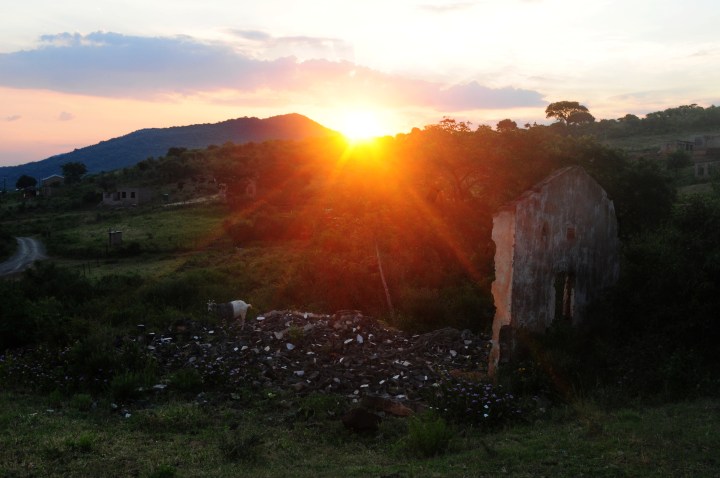
Extraction of the deadly mineral in Mafefe ceased almost 50 years ago – but it’s still everywhere, and people are dying.
Brothers Amon and Diliza Sibiya have never worked on an asbestos mine but both now live with deadly lung diseases caused by exposure to the mineral.
In November 2022, their mother Eslina Sibiya, who also never worked on the mines, died from mesothelioma, an incurable lung cancer caused by long-term exposure to asbestos fibres.
Diliza (62) was diagnosed with asbestosis in 2014 while he was employed on a platinum mine. Two years later he was laid off from work and is now battling to make ends meet.
His younger brother Amon (57) now depends on an inhaler that was prescribed by Lebowakgomo Hospital.
He was not told the nature of his illness, but he struggles to breathe, especially during cold weather. He coughs constantly and struggles to perform certain tasks.
Blue asbestos flakes glitter in the ground in homesteads, on the road and everywhere else.
“Asbestos is everywhere around us. The house we grew up in was built from bricks made from asbestos. Every morning, when I sweep the floor, I find it all over the place,” Amon says, pointing to a break in the wall where asbestos is exposed.
He still sleeps in one of the old houses built with material salvaged from asbestos dumps. Not far from the house stands the ruin of an old store. Rubble from the structure lies exposed along a path where children sometimes play.
“When we were young we played on asbestos dumps. We did not know it was dangerous. We played football on fields that were topped up with dust from the mines,” says Amon.
“We thought it was a gift from God, not knowing that we were playing with death.”

Chewa Linah Nkuna’s is built on an asbestos mine dump in Mafefe. The asbestos flakes are easily visible around her homestead and she suffers from chest pains and has trouble breathing. (Photo: Lucas Ledwaba)

Areas which were mined for asbestos are still visible in Mafefe in areas close to residential areas where people are exposed to deadly white and blue asbestos flakes. (Photo: Lucas Ledwaba)
Daily nightmare
The Sibiyas’ case reflects the daily nightmare faced by residents of Mafefe in Limpopo. Blue asbestos flakes glitter in the ground in homesteads, on the road and everywhere else.
Asbestos mining in South Africa dates to the late 1800s. The mining activity was mainly in Limpopo, Northern Cape and Mpumalanga.
At its height in the 1960s, the estimated 71 mines employed about 20,000 workers.
“Poor working conditions on the mines resulted in extensive exposure to workers and to communities living near the mines. Women and children, too, were exposed,” Sophia Kisting wrote in a 2000 paper published by the University of Cape Town.
Read more in Daily Maverick: ‘No money’ to replace potentially harmful asbestos roofs in more than 1,000 Eastern Cape schools
In the paper, Asbestos Contaminated Land in South Africa: The Challenge and Possibility, Kisting notes that the demand for the mineral declined because of a shrinking international market from 1978 onwards.
“The mining industry left behind more than 150 asbestos tailings dumps scattered in mainly rural areas. Efforts have been made to rehabilitate old mines, but more than R50-million is needed to complete the task,” she writes.
“In the past, communities were not informed of the hazards of asbestos and little, if any, occupational health and safety training was done.
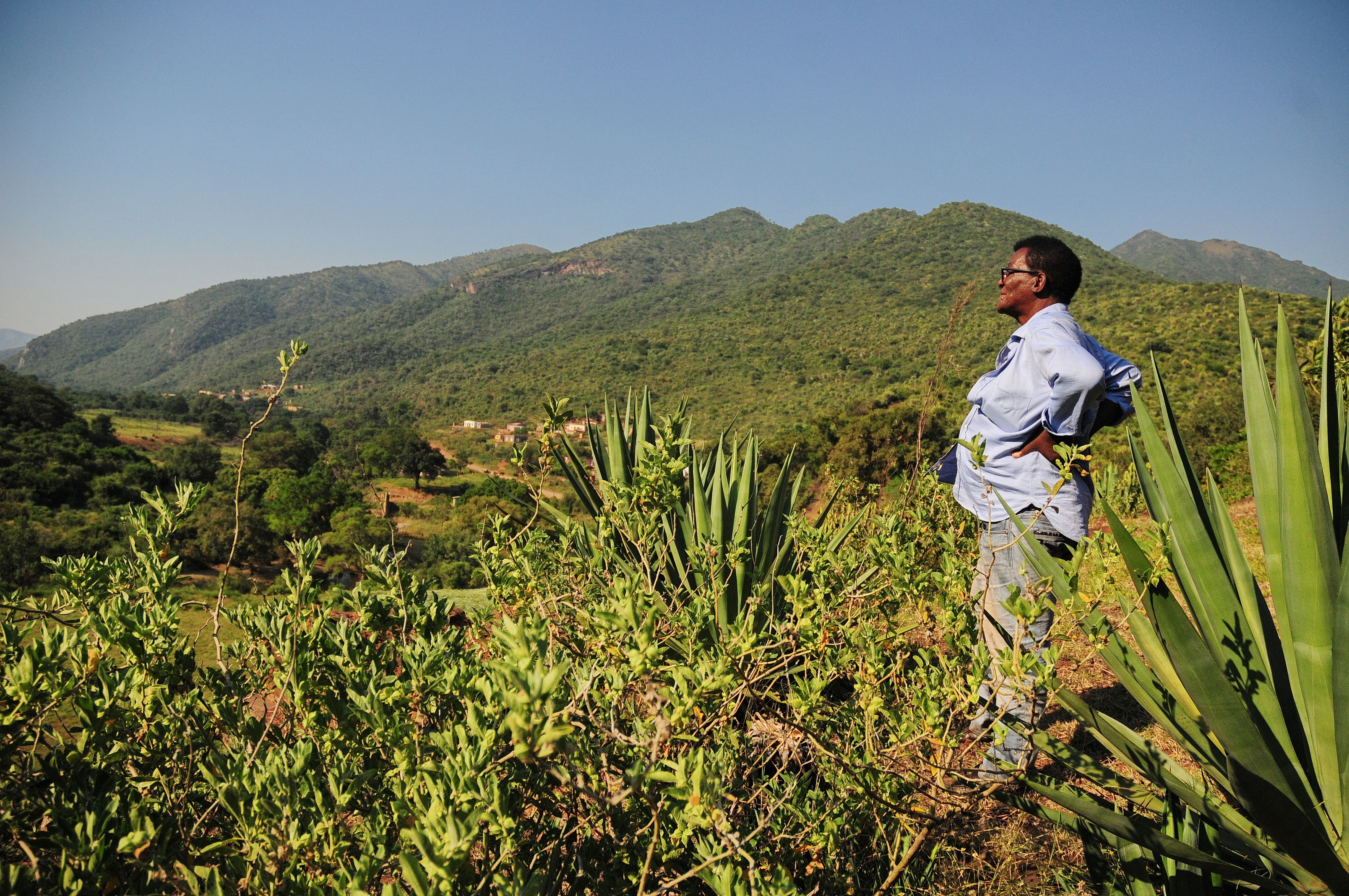
Kgoroba Pienaar Makola worked on an asbestos mine for four years from 1969 to 1972. He left to seek greener pastures in Johannesburg due to the low pay there. He was not aware of the dangers posed by asbestos until in the late Eighties. His house was built with material from an asbestos mine. He has lost count of the number of people who have died from asbestosis. (Photo: Lucas Ledwaba)
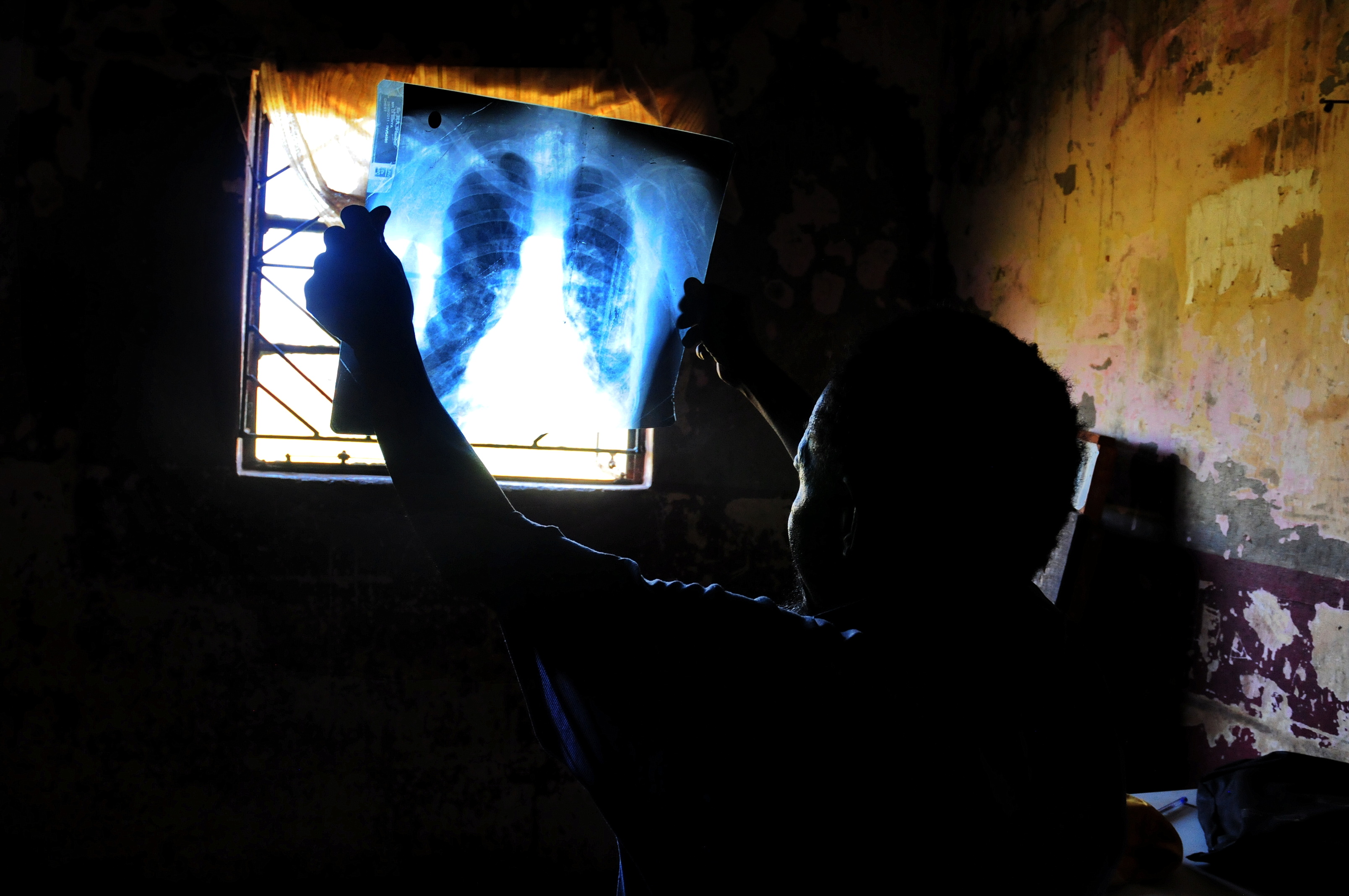
Diliza Sibiya was diagnosed with asbestosis while working on a platinum mine in Limpopo. Sibiya has never worked on an asbestos mine but grew up surrounded by the mineral. Even the home he grew up in was built with soil from an asbestos mine dump. He has been laid off work due to his condition and is now struggling to make ends meet. (Photo: Lucas Ledwaba)
“Asbestos waste was often used for building materials, contributing to further pollution of the environment. There is a need for ongoing health programmes for exposed communities.”
As a result of the failure to conduct proper rehabilitation, generations of people living in areas that were close to the mines are still faced with the daily danger of contracting asbestosis and mesothelioma.
In a 2017 report presented to the parliamentary portfolio committee on mineral resources, the Department of Mineral Resources and Energy (DMRE) revealed that there were 5,976 derelict and ownerless mines across the country.
Of those, an estimated 245 were asbestos mines, most in Limpopo, the Northern Cape, North West and Mpumalanga.
Read more in Daily Maverick: 6,000 health and environmental ‘time bombs’ still to be defused – Govt decades behind schedule
In the report the DMRE, which did not respond to our enquiry, noted that the closure cost of derelict mines was estimated at R45.9-billion.
In a 2020 meeting, the parliamentary portfolio committee asked the DMRE when it was going to “seal the mine shafts in Malipsdrift (near Mafefe) and the dumps of asbestos that were still affecting people who were living in the area”.
The meeting heard that a child had fallen into one of the open mine shafts and died.
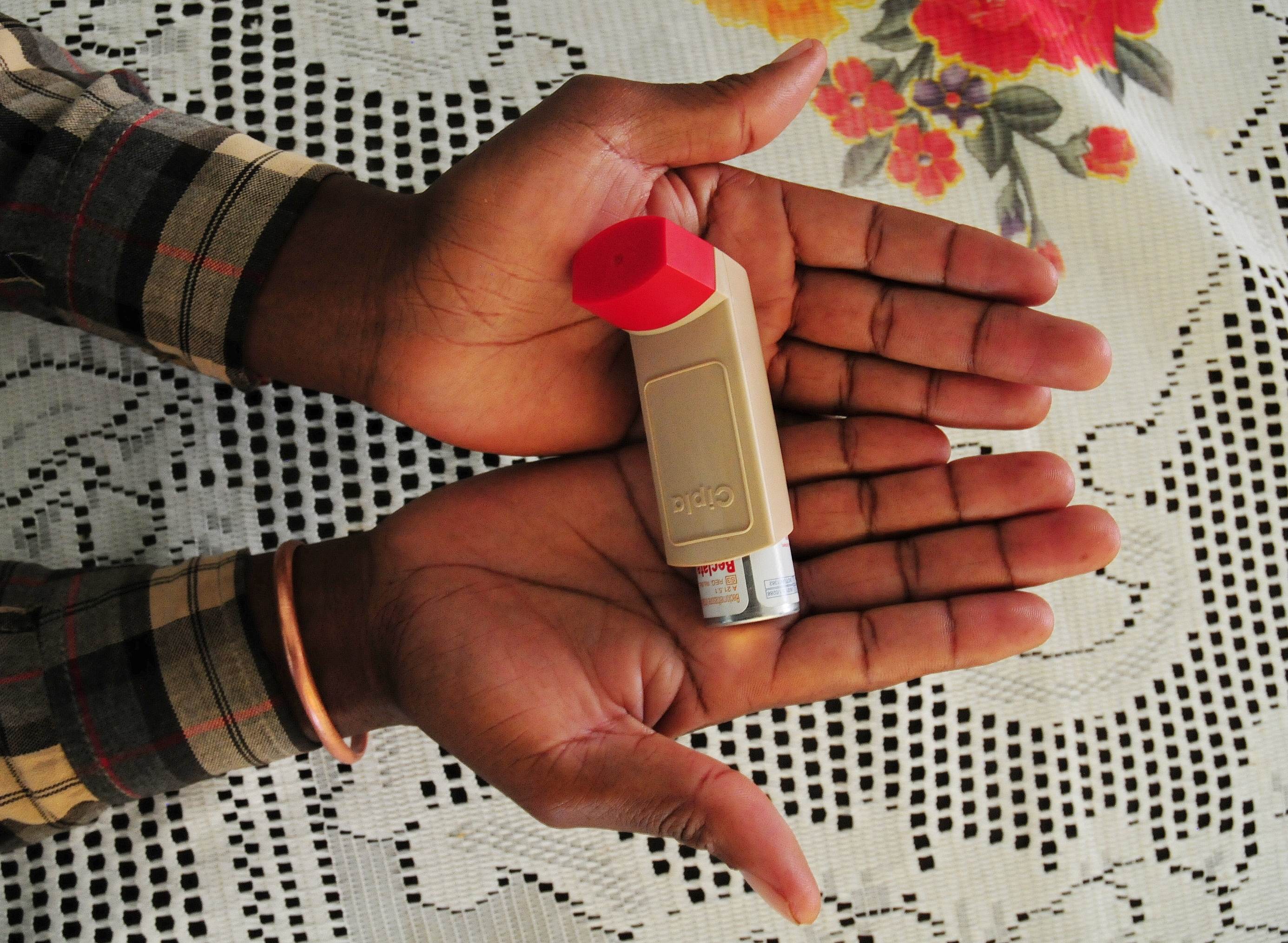
Amon Sibiya never worked on the asbestos mines in Mafefe but now lives with a terrible lung condition that requires him to use an inhaler prescribed in hospital. (Photo: Lucas Ledwaba)
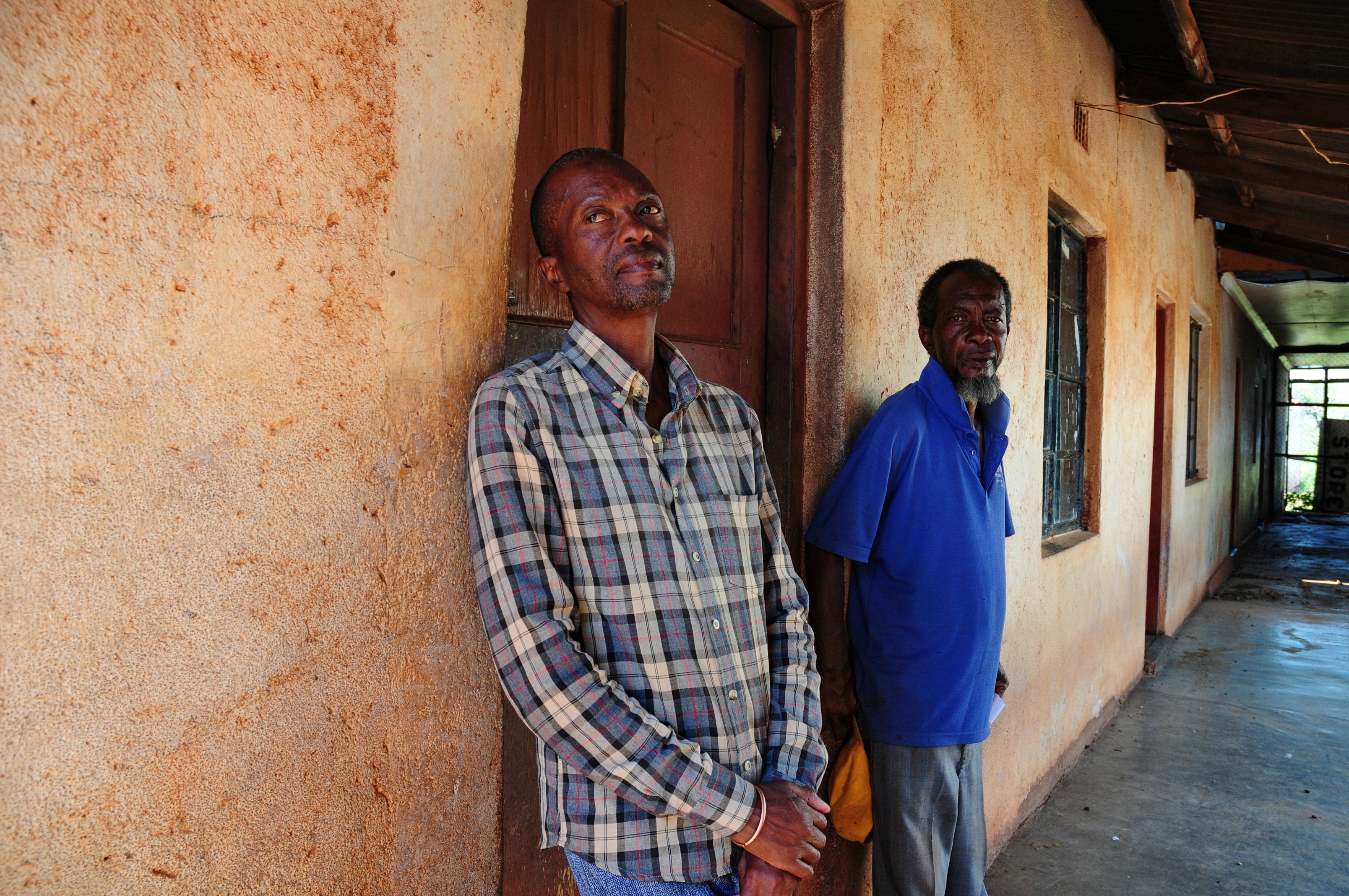
Brothers Amon and Diliza Sibiya grew up in this house which was built from soil salvaged from an asbestos mine dump. Although they never worked on an asbestos mine they now both suffer from lung diseases caused by exposure to asbestos. (Photo: Lucas Ledwaba)
In the same meeting, recorded by the Parliamentary Monitoring Group, the DA’s Cheryl Phillips said she had visited three of the asbestos mines in the Malipsdrift area. Two had supposedly been rehabilitated.
Phillips revealed that there were still open shafts in those mines. Mine dumps of asbestos were still present, and dust was blowing into people’s houses daily. Medical staff in the area had said there were numerous deaths from lung diseases that they suspected were caused by asbestos.
‘It is everywhere’
Exposure to the deadly asbestos continues to haunt residents of Mafefe, including Chewa Linah Nkuna (57), who was only eight years old when mining ceased. But she now suffers from respiratory ailments that make it difficult to breathe.
“We are dying every day here. Marela [Northern Sotho for asbestos] is killing us. It is everywhere. Look at this,” she says, removing a sheet of metal to expose mounds of asbestos in the dust.
You could only see the eyes. Every part of their bodies was covered in dust. They had no masks, nothing.
She cannot plough the land around her house because each time she digs she finds large deposits of asbestos. Her children and others from the neighbourhood play soccer in the sand, raising clouds of dust.
Her elderly mother, Miriam Nkuna, who also never worked on the mines, suffers from chest pain and has trouble breathing. Her husband worked on the mines and “died after suffering from a terrible cough”.
Kgoroba Pienaar Makola (72) has lived in Mafefe since the 1950s. Like the Sibiyas and many other families, Makola’s family moved to the area when his father came to work on the mines.
In his youth Makola worked on the mines during the school holidays and in 1969 he worked full-time as a clerk. He remembers a time when men would emerge from their shifts caked in layers of asbestos dust.
“You could only see the eyes. Every part of their bodies was covered in dust. They had no masks, nothing. Then they would get into the river and wash it off. It was only then that you could tell, ‘Oh, this is so-and-so,’ ” Makola recalls.
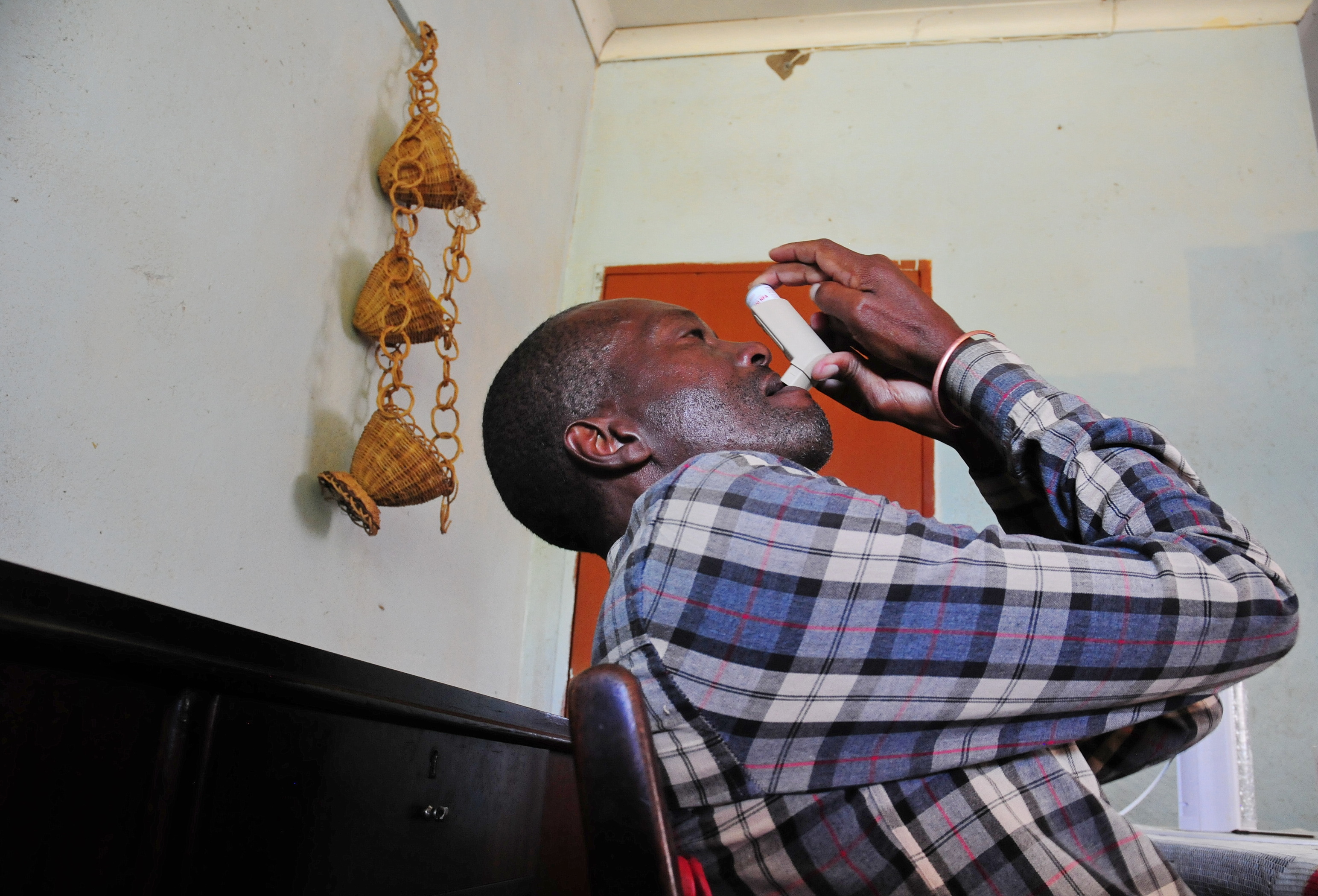
Amon Sibiya never worked on the asbestos mines in Mafefe but now lives with a terrible lung condition that requires him to use an inhaler prescribed in hospital. (Photo: Lucas Ledwaba)
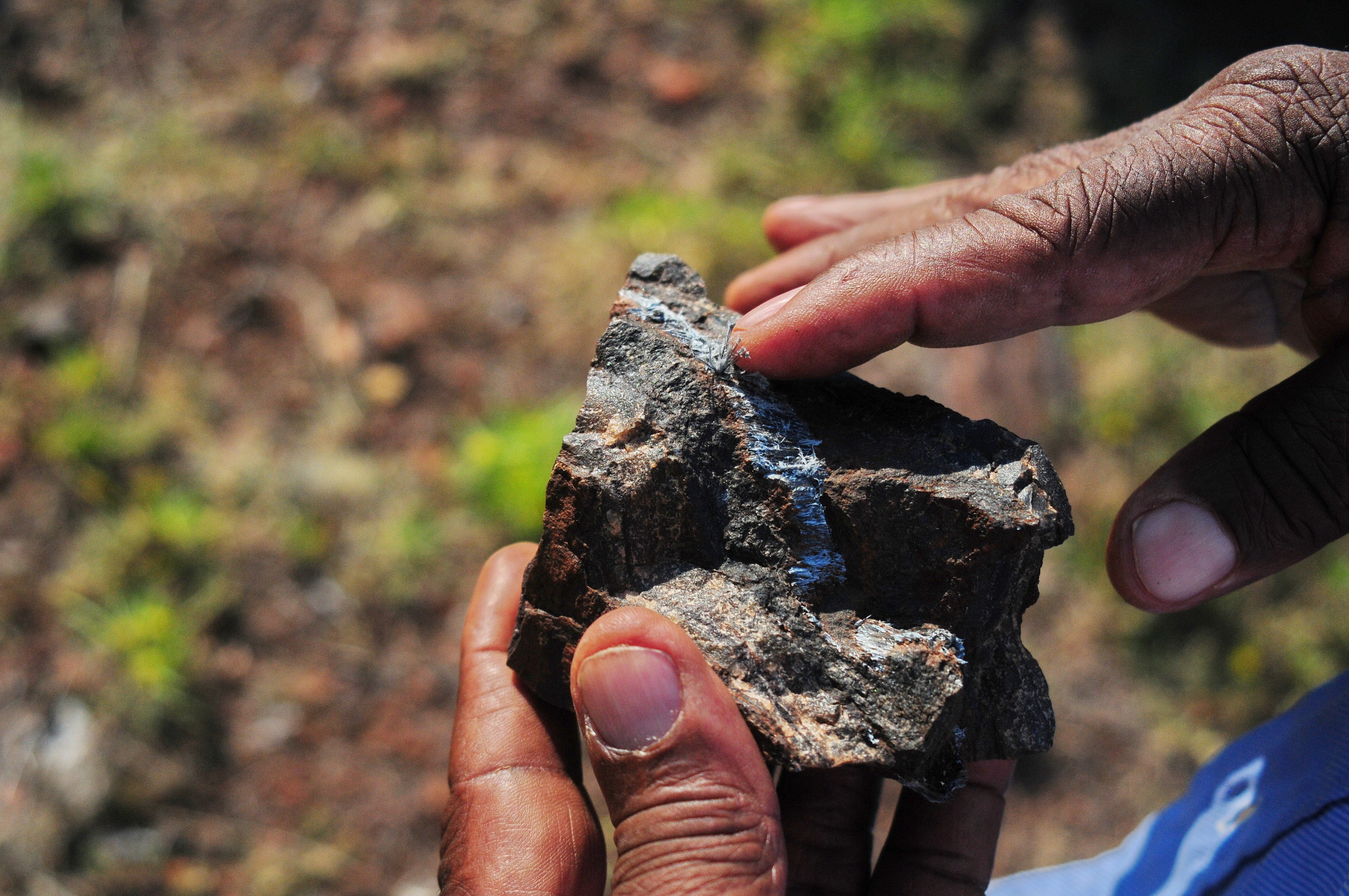
Asbestos deposits are visible in most public areas around Mafefe in Limpopo. The mining here stopped in the 1970s but the residents still live with the daily exposure to the deadly mineral. (Photo: Lucas Ledwaba)
He pauses to look into the distance, where deep furrows in which miners worked disrupt the flow of the rolling green hills.
He has lost count of the number of former colleagues, friends and neighbours who have died from what he suspects were asbestos-related ailments.
“There are many graves up on those hills. People died and were buried up there because their families were far away. Some still come to visit the graves to conduct rites,” he says.
In recent years he has begun having chest pain and difficulty breathing.
“I never had such problems before. But now I even struggle to breathe after walking long distances. It could be this asbestos. I don’t know,” he says.
“People have died from this asbestos in Mafefe, too many people. Those like me who are still alive are just fortunate.” – Mukurukuru Media/DM168
This story first appeared in our weekly Daily Maverick 168 newspaper, which is available countrywide for R25.


















If anybody thinks the government cares, wake up
Undeveloped people will do anything to make money. Our schooling system needs to acquaint pupils with their responsibility to assess the consequences of what they do in their employment and to spurn the employment if it damages others or the environment.